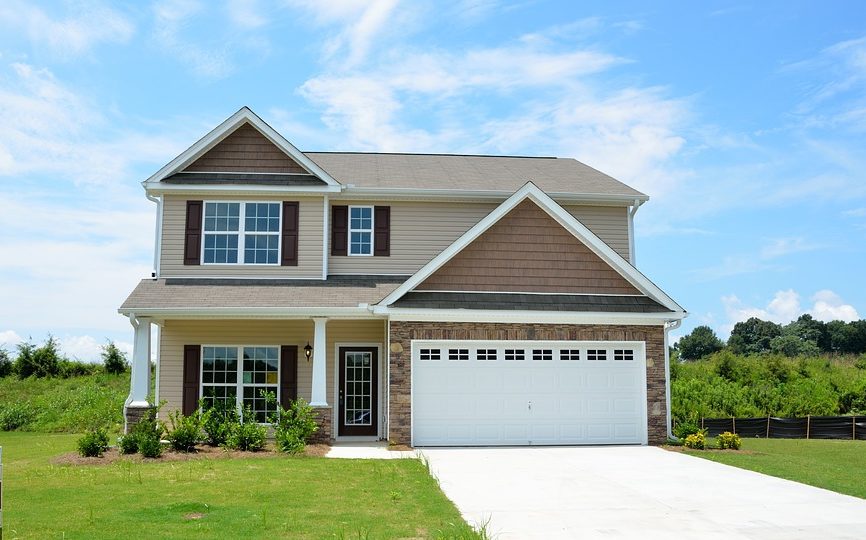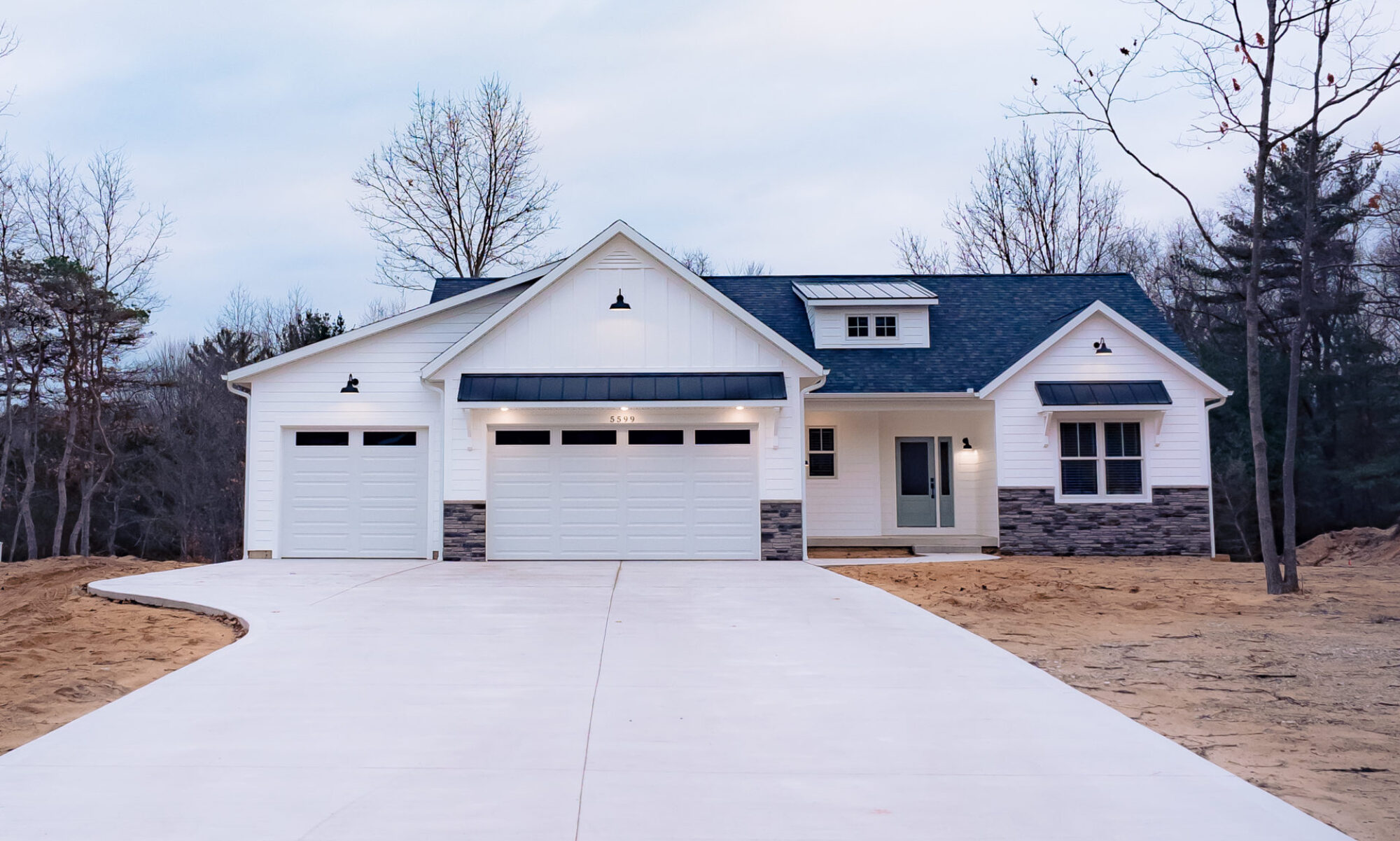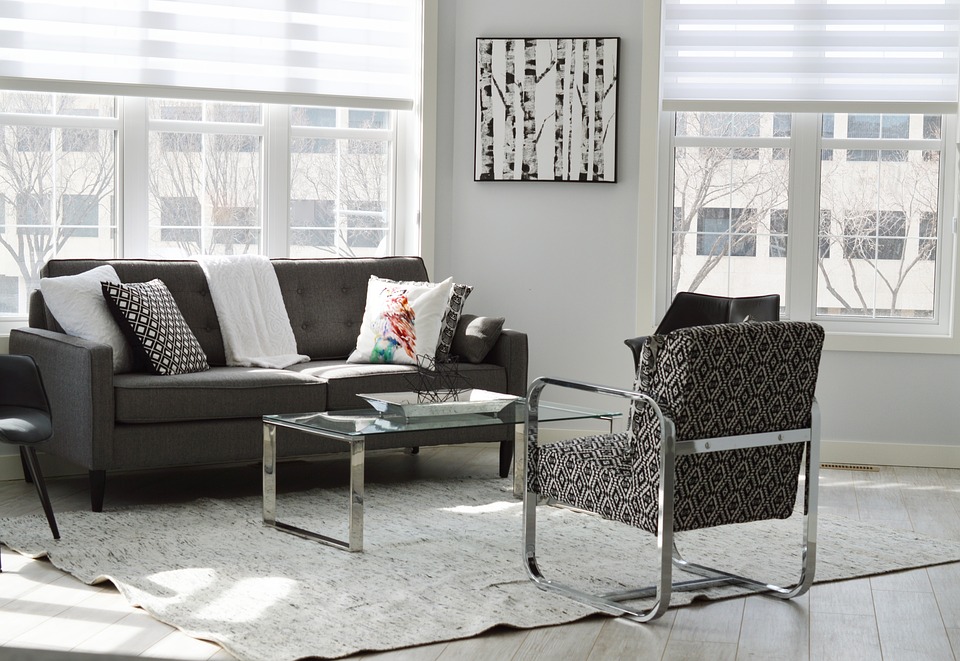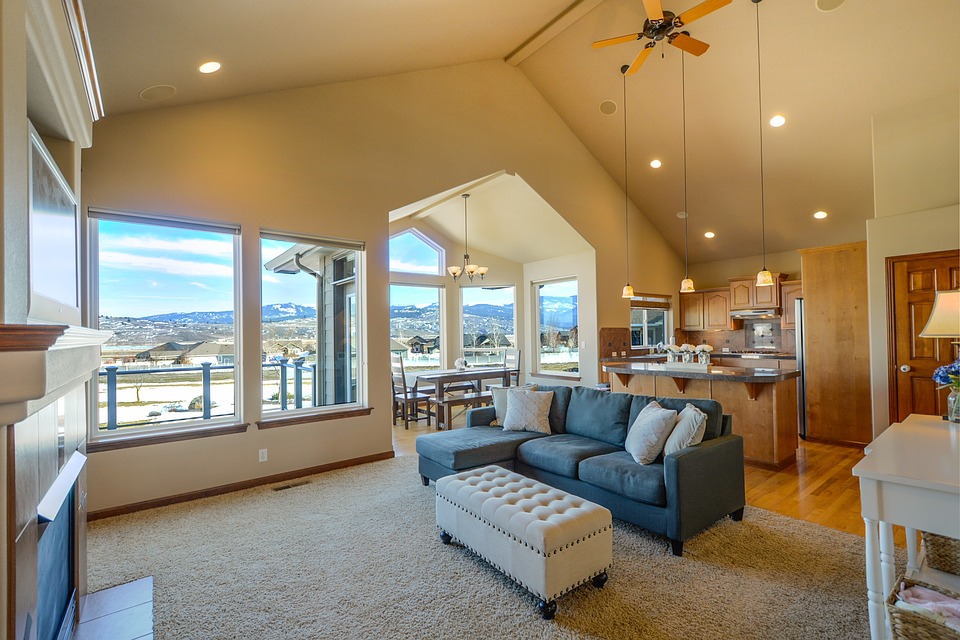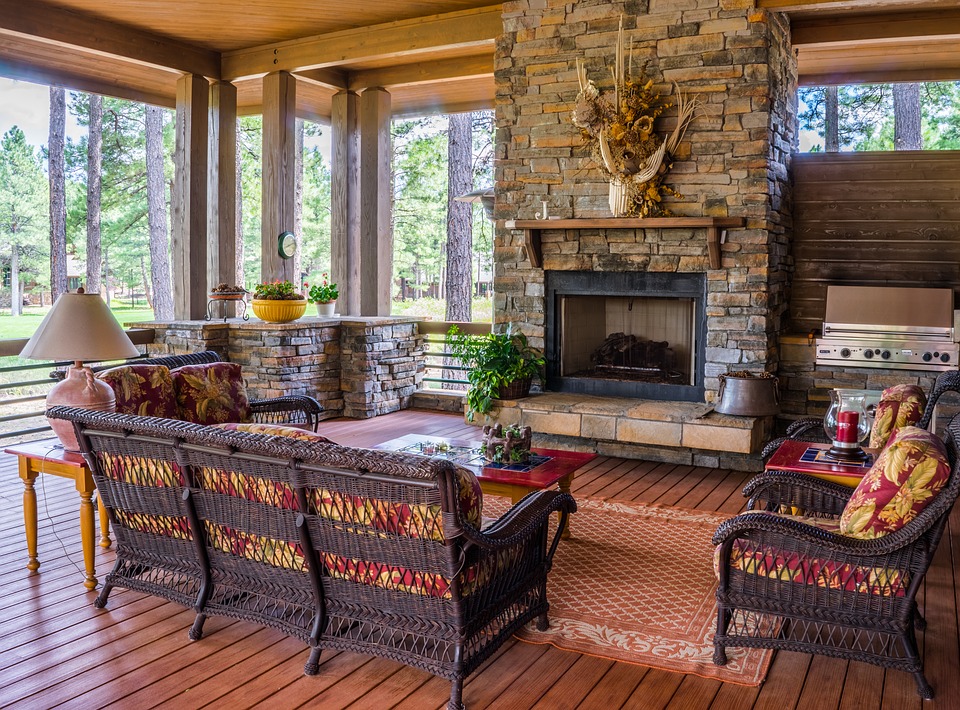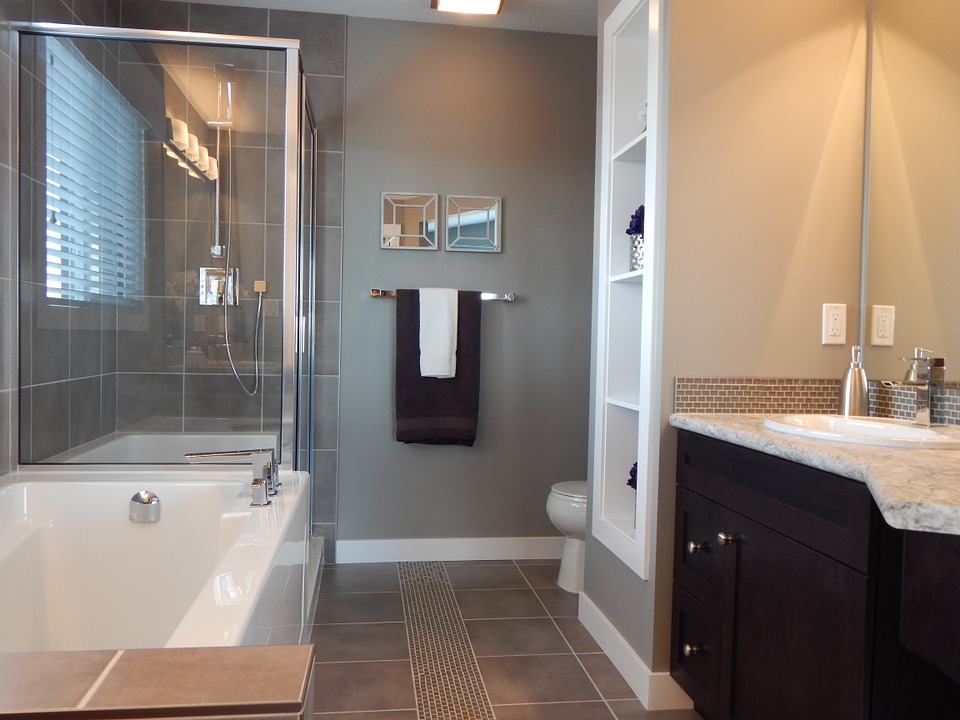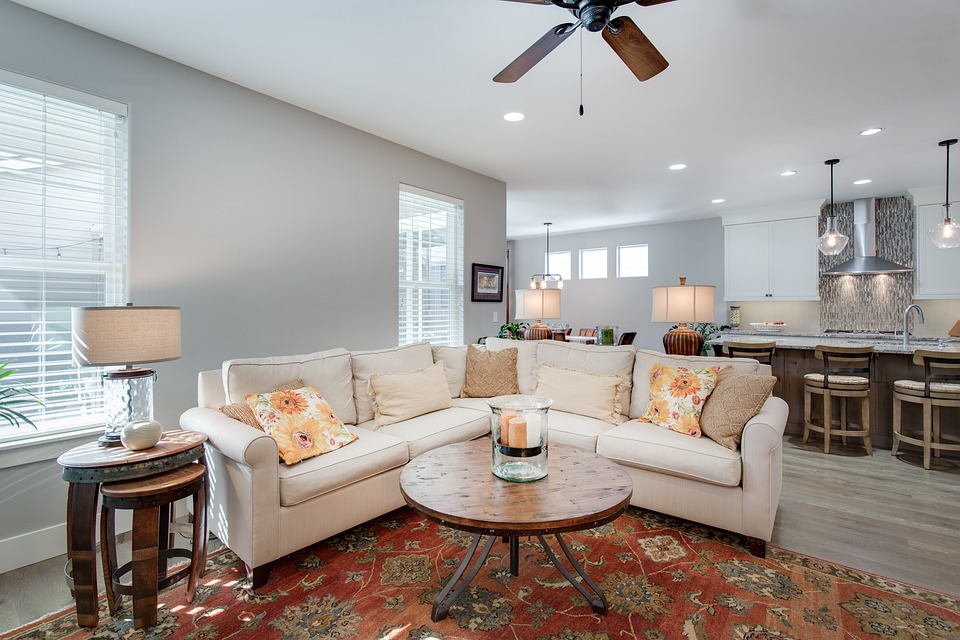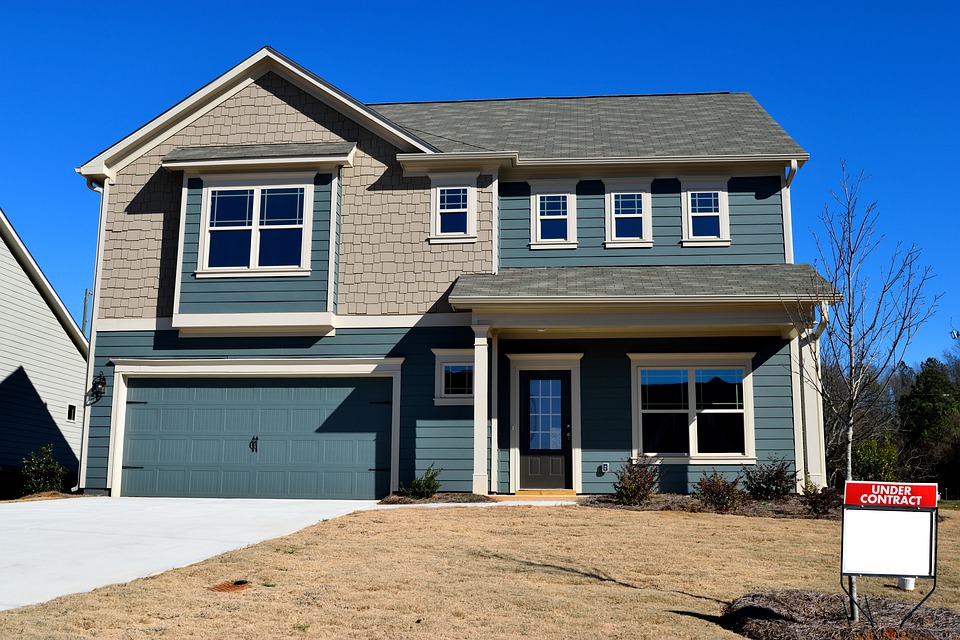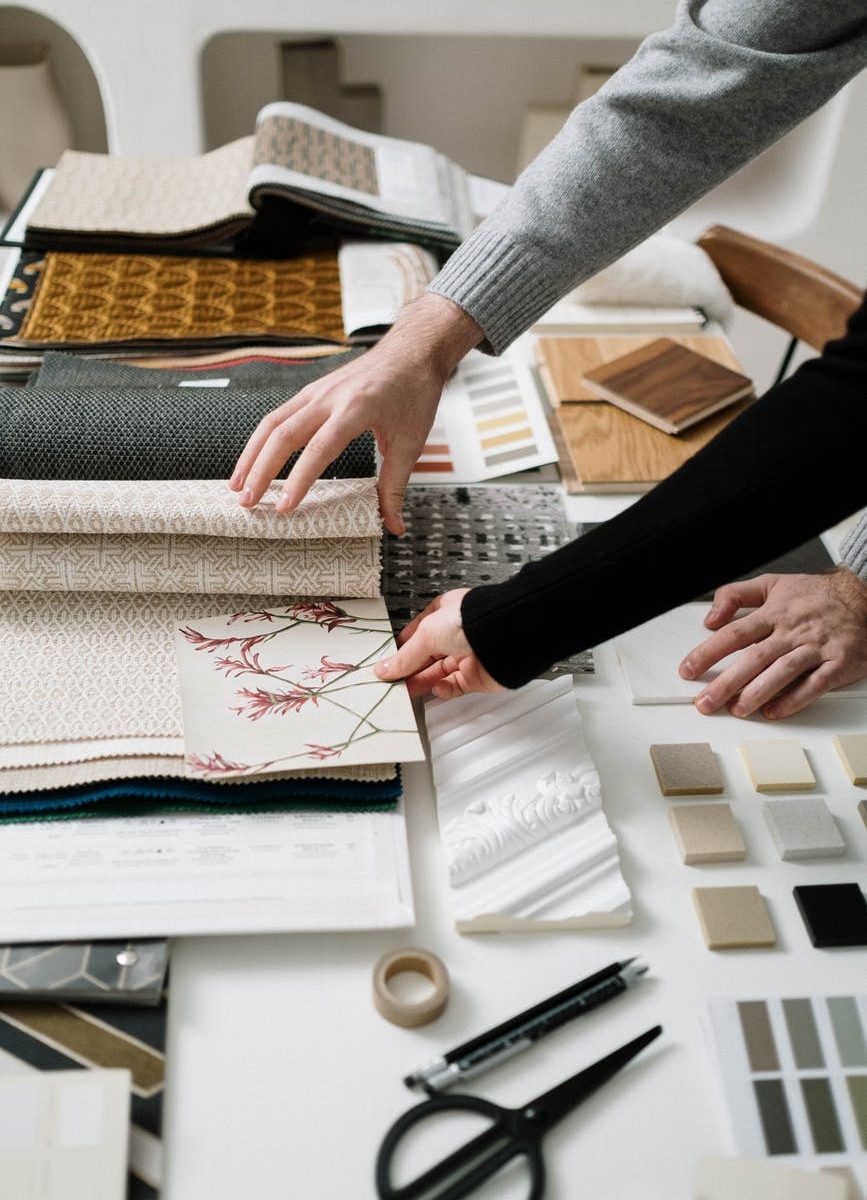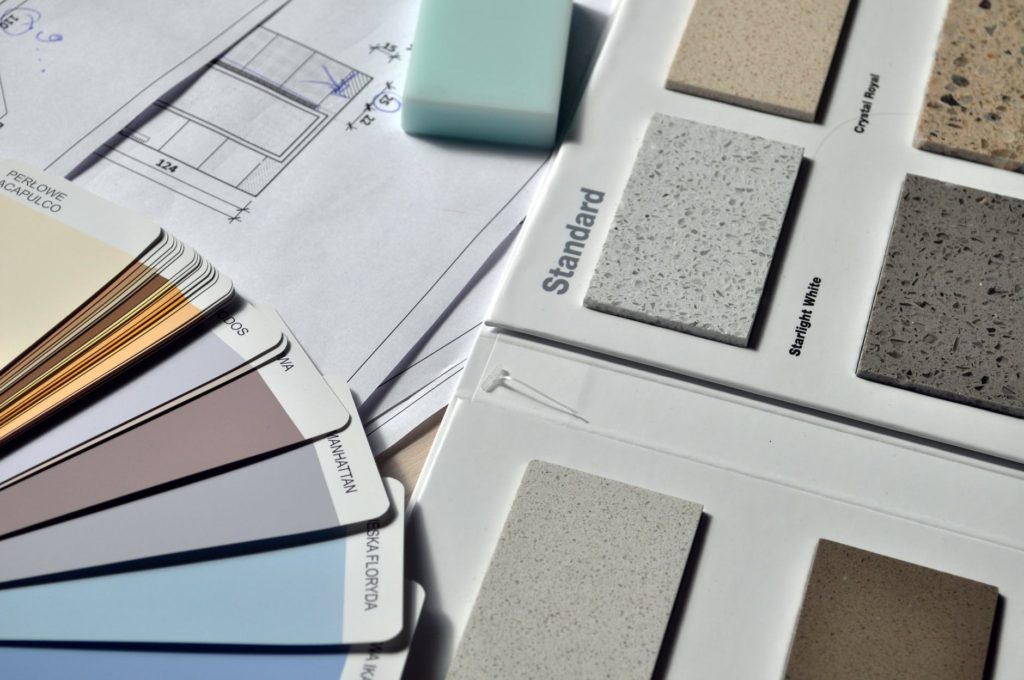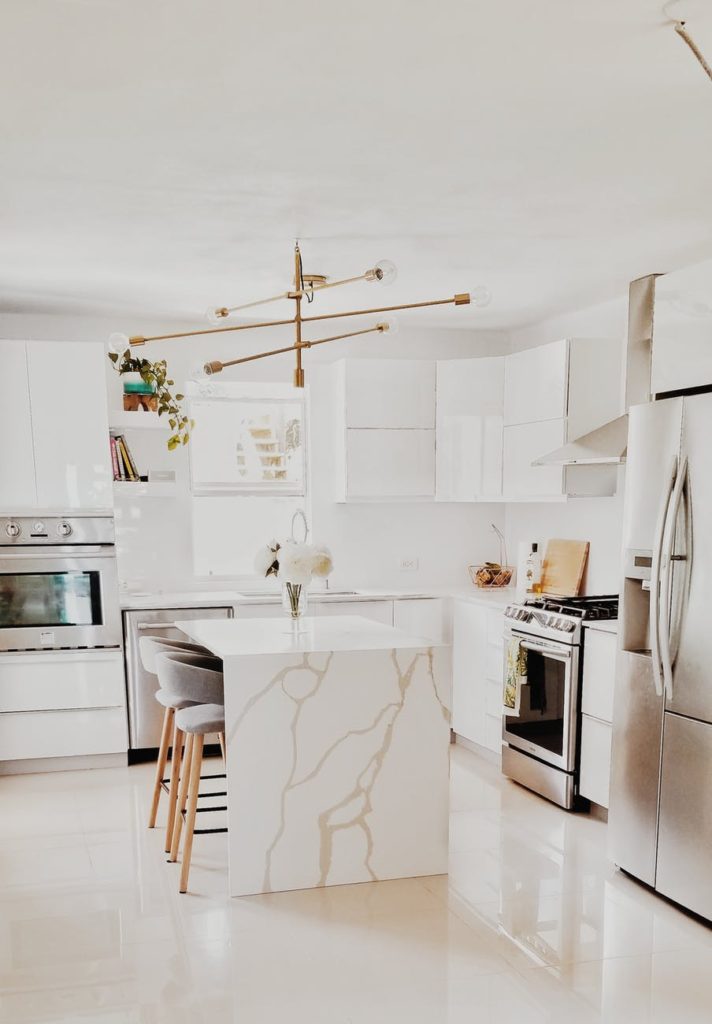Tempting as it is to choose a countertop based on looks alone, a material’s durability, maintenance and cost are also important factors to consider when making a selection for a remodel or custom built new home.
Find a good fit
Homeowners need to take into consideration the way they live before settling on a countertop surface. If you have three kids and you’re making peanut butter and jelly sandwiches on the countertops every day, you might not want to go with that white granite and lean toward the solid surface countertops.
Countertop choices
The good news is if you have your hearts set on a certain look, but the material just doesn’t match with your lifestyle, odds are there’s another material that does.
Granite, the top choice in countertops, is available in a variety of shades such as blacks, whites, greens, corals and beiges, and no two pieces are exactly the same. Granite is available in two finishes. A polished finish results in a shiny look and often darkens the appearance of the stone, while honing is soft and matte. Costs for granite depend on many variables, including color, finish and origin of the stone.
If you pick a granite that is relatively easy to get, it could be affordable. If you pick a granite that needs to be ordered or even imported that can be pretty expensive.
Other natural stone materials, like marble, limestone and soapstone, are softer than granite and require delicate use and greater care. All stone countertops must be sealed periodically.
Engineered stone countertops come in a wider variety of colors than natural stone countertops, are more durable and are easy to maintain. However, engineered stone won’t save any money or very little over granite because the two materials cost roughly the same.
Solid surface countertops have a lot of appeal. They come in countless colors, are seamless, resist stains and scratches can be buffed out. One major downfall though: Hot pans can damage solid-surface countertops.
Concrete countertops, which can be completely customized with pigments, are gaining popularity. Concrete is available in several different finishes: trowel (smooth), ground (sanded to expose the sand aggregate) and pressed (a tool is used to reveal marblelike veining). Extreme or abrupt changes in temperature may cause concrete to warp or curl, damp sponges left on the counter can cause discoloration and acidic spills may etch the surface. To keep a concrete countertop looking its best, it’s advisable to seal them up to four times per year and wax with a paste every two to three months.
Wood countertops, like butcher block, instantly warm up a kitchen. They are easy to clean and any scratches can be sanded out. Water damages butcher block quite easily though So wood countertops must be oiled frequently to seal the surface.
Laminate is the most affordable countertop material on the market and comes in an array of colors and designs. Laminate can scorch if a hot pan touches the surface though and has a reputation for scratching easily. However, the product has made strides in scratch-resistance in recent years.
On the edge
Square edges are standard on most countertops, but decorative edges like radius, bullnose, bevel, egg and ogee — while a bit more expensive — are another way to customize a kitchen. Availability of edges varies based on countertop materials.
Mix and match
Can’t decide on just one material? Then mix and match surfaces. Try using a different material on islands than the rest of the countertops to differentiate the space. Another option is to inset another material into a countertop for specific tasks. Butcher block is common for chopping as is marble for baking.
Before making a decision on countertop material, see the surface in person, whether that means visiting a showroom or viewing samples in-home.
And be sure to checkout more tips and tricks like How to choose energy efficient windows for your new home.
